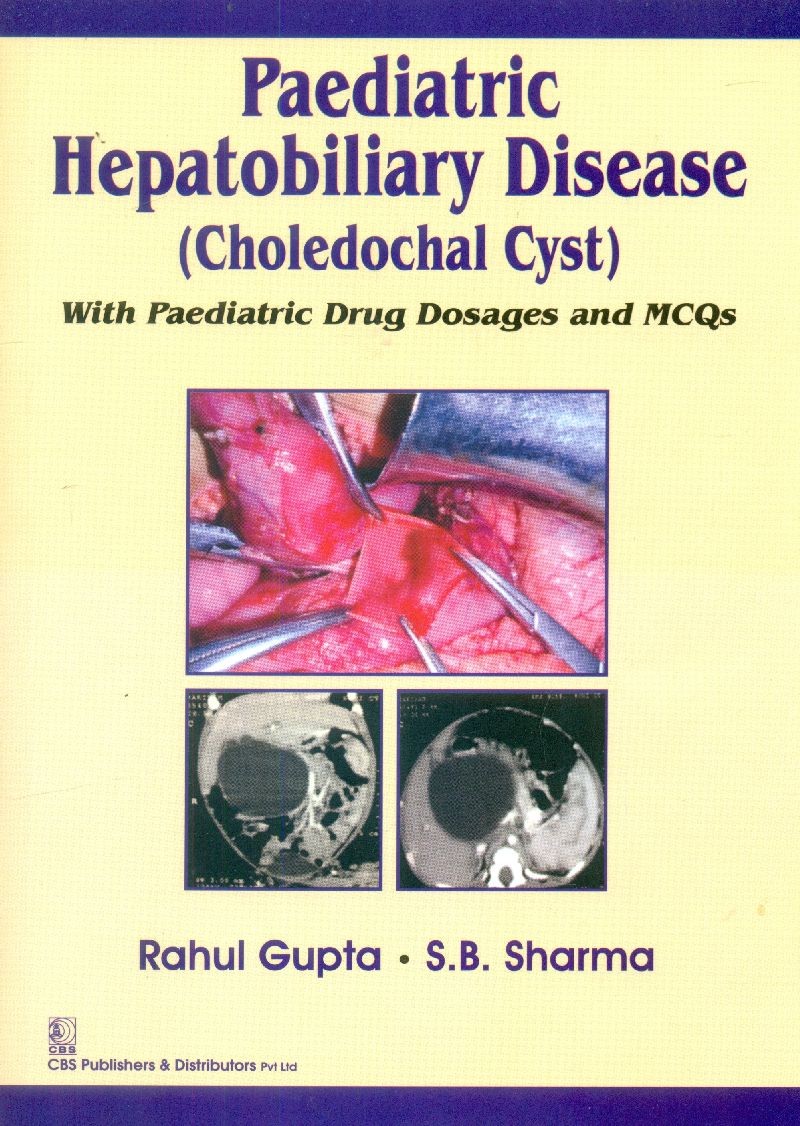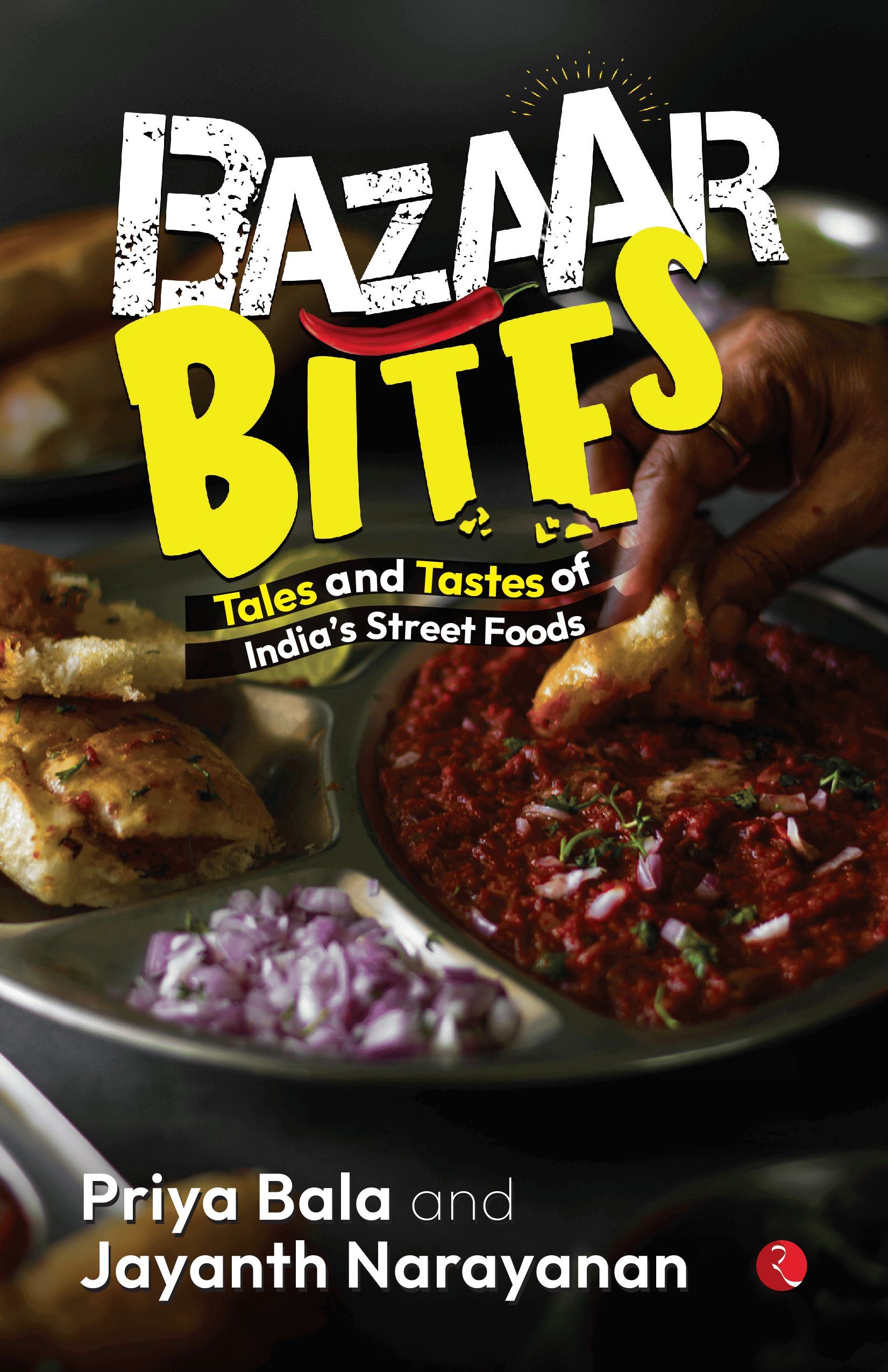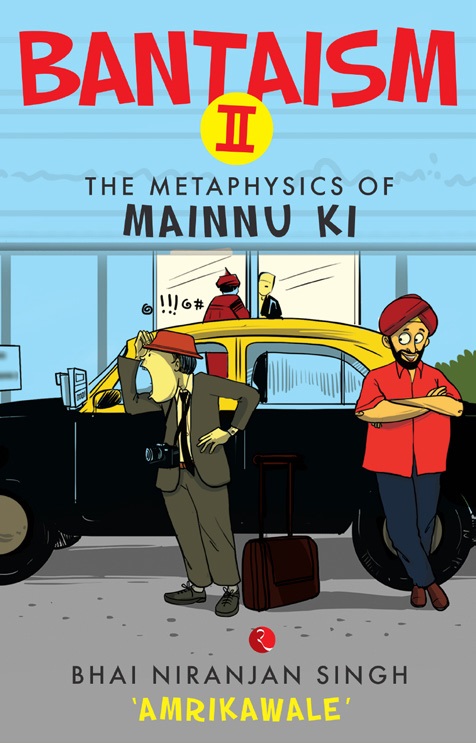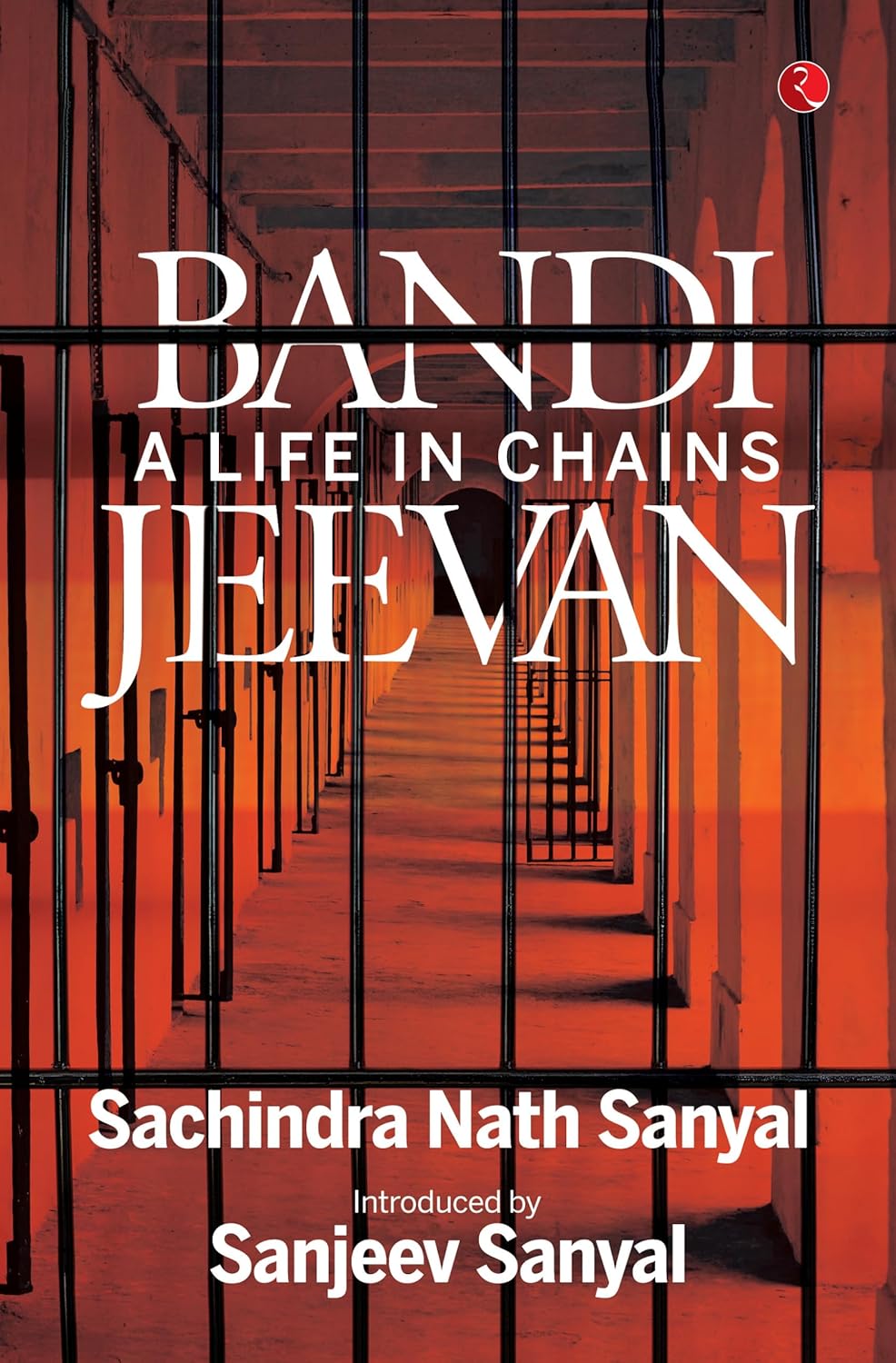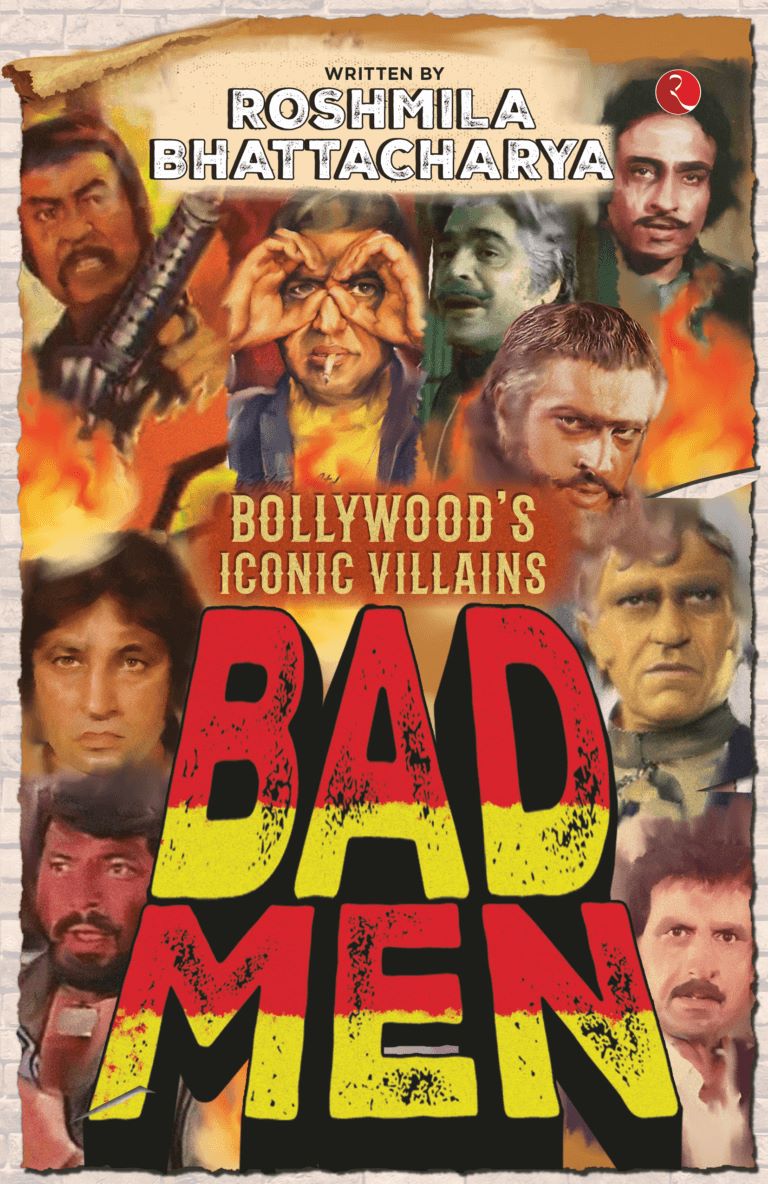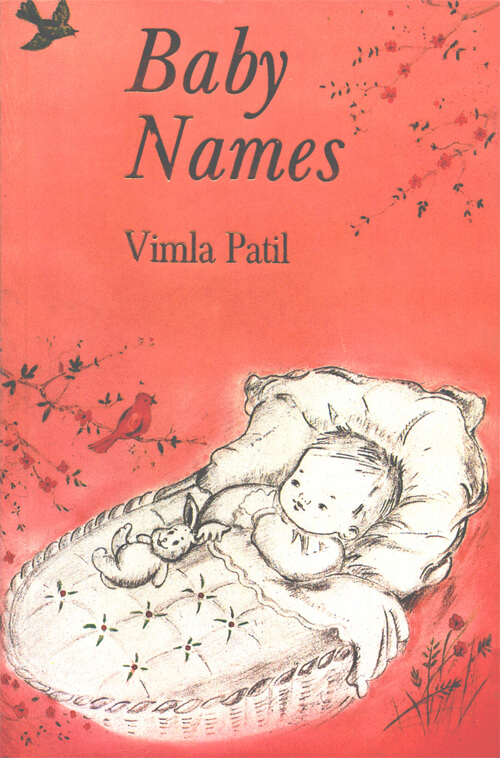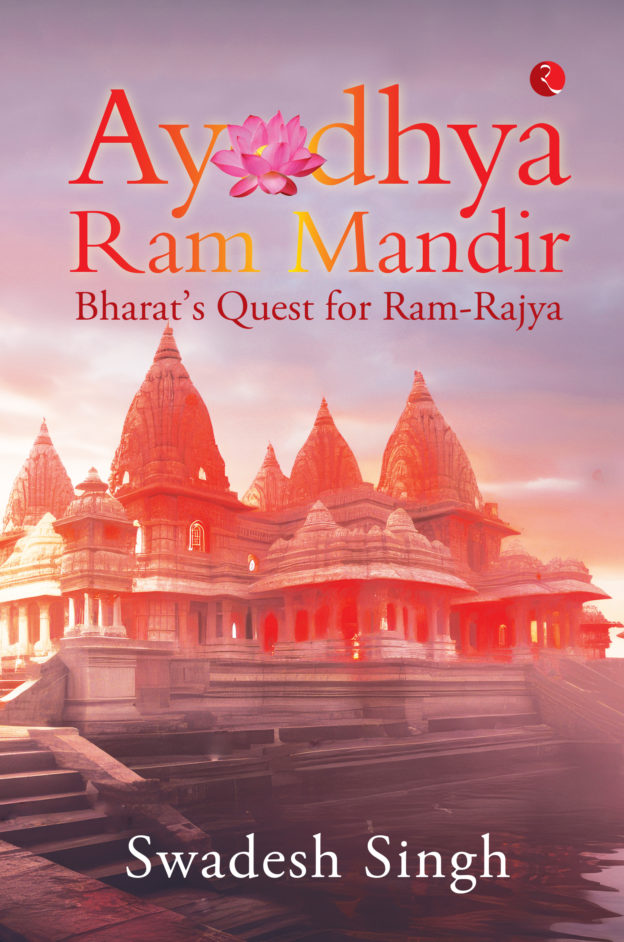Paediatric Hepatobiliary Disease (Choledochal Cystwith Paediatric Drug Dosages And Mcqs (Pb 2015)
Availability :
In Stock
₹ 845.75
M.R.P.:₹ 995
You
Save: ₹149.25 (15.00% OFF)
(Inclusive
of all taxes)
Delivery:
₹ 0.00 Delivery charge
Author:
Gupta R.
Publisher:
cbs
Edition:
1st
ISBN-13:
9788123926964
Publishing Year:
2015
No. of Pages:
113
Language:
English
Book Binding:
Paperback

